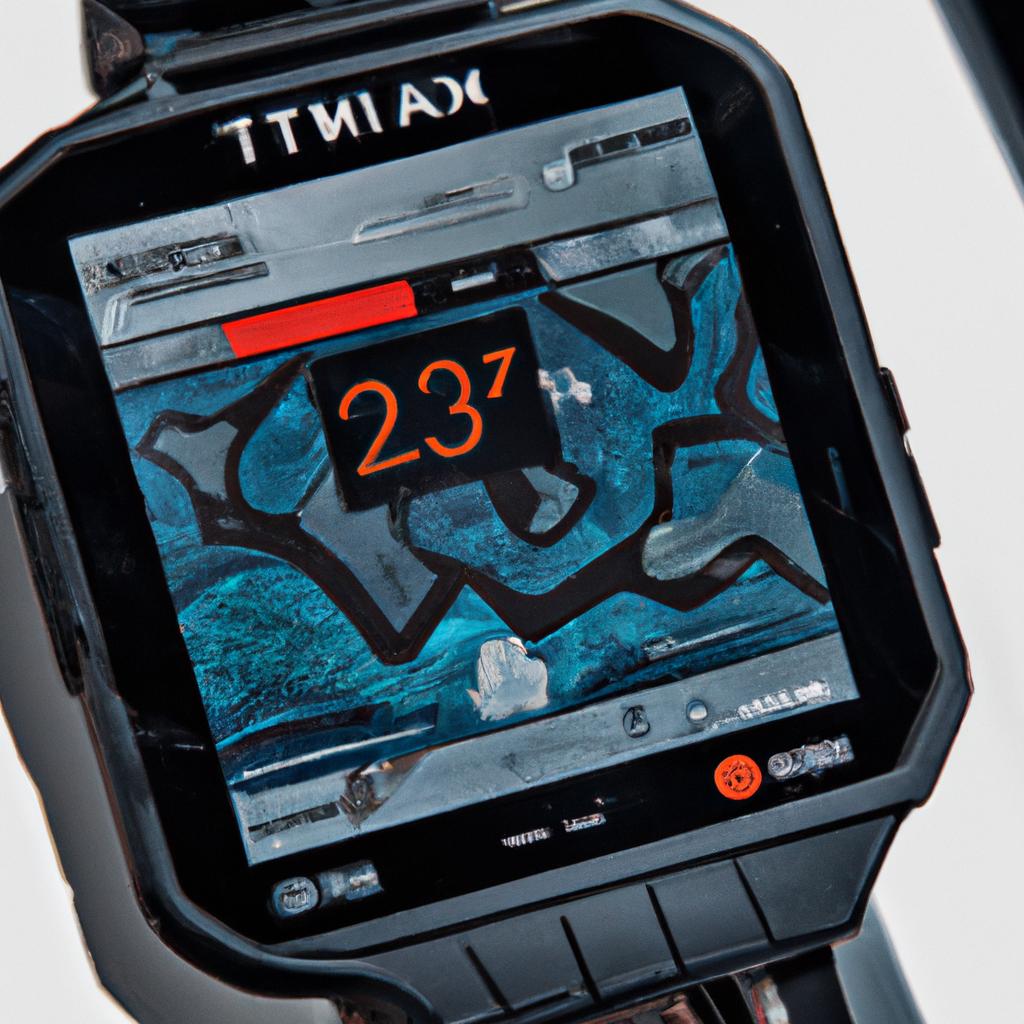Maximizing GPS Watch Functionality for Triathlon Training: How to Use Advanced Features for Multi-Sport Performance Tracking
Maximizing GPS Watch Functionality for Triathlon Training
Triathlon training requires precision and strategy. A GPS watch significantly elevates your performance. This blog shows how to maximize your GPS watch’s advanced features. You will learn to use these tools effectively for triathlon training.
Understanding Your GPS Watch Features
First, familiarize yourself with your device. Most GPS watches offer heart rate monitoring, distance tracking, and pace alerts. Advanced models provide additional features. Some include swim metrics, cycling power output, and transition times. Understanding these features optimizes your training.
Creating Custom Workouts
Many GPS watches allow you to create custom workouts. Design tailored sessions for swimming, biking, and running. For instance, set interval workouts for running and cycling. This method helps push your limits and track your progress effectively.
Also, schedule brick workouts. These sessions combine two sports in one training session. For example, swim followed by a bike ride. This approach simulates race conditions and enhances your performance.
Utilizing Heart Rate Monitoring
Heart rate monitoring plays a vital role in triathlon training. Use this feature to optimize your workouts. Determine your heart rate zones to tailor your training intensity.
Moreover, heart rate data aids recovery. Track your resting heart rate daily. If it rises, your body may need more rest. This insight allows you to adjust your training plan.
Nutrition Tips for Triathletes
Nutrition fuels your performance, making it essential for triathletes. Use your GPS watch to track calorie expenditure during workouts. This data helps you understand your nutritional needs better.
Hydration Monitoring
Hydration plays a crucial role in your training. Some GPS watches remind you to hydrate based on your activity. Maintain optimal hydration levels, especially during long training sessions or races.
Pre- and Post-Workout Nutrition
Consider your pre- and post-workout nutrition. Fuel your body with the right foods before training. Consume carbohydrates and proteins for energy and recovery.
Post-workout, replenish lost nutrients. Aim for a balance of carbs and proteins within 30 minutes of finishing. Your GPS watch can remind you to refuel and maintain energy levels.
Exercise Advice for Multi-Sport Training
Triathlon training requires a balanced approach. Focus on swimming, biking, and running. Your GPS watch helps you allocate time effectively.
Tracking Swim Metrics
When swimming, use your watch to track metrics. Look for features like stroke count, SWOLF, and pace. These metrics provide insights into your technique. Make necessary adjustments to improve efficiency.
Cycling Power Output
On the bike, monitor your power output. Some GPS watches connect with power meters. Analyze your cycling performance closely with this functionality. Adjust your training based on this data.
Running Dynamics
For running, leverage running dynamics features. Your GPS watch tracks cadence, ground contact time, and vertical oscillation. These insights help improve form and efficiency, enhancing your overall running performance.
Health Benefits of Using a GPS Watch
Using a GPS watch offers numerous health benefits. First, it encourages consistency in training. Tracking your progress motivates you to push harder.
Injury Prevention
Your GPS watch can help prevent injuries. Monitor heart rate and training loads to avoid overtraining. Maintain a balanced and safe training regimen.
Enhancing Recovery
Use your GPS watch to track recovery metrics. Many devices offer insights into sleep quality and stress levels. This data helps prioritize recovery.
Conclusion
Maximizing GPS watch functionality enhances your triathlon training. Understanding features like custom workouts, heart rate monitoring, and nutrition tracking proves crucial. Using your device effectively improves performance across all three disciplines.
In summary, a GPS watch acts as a powerful tool in your triathlon training. Leverage its advanced features to achieve your fitness goals. Stay consistent, track your progress, and optimize your training for success.
Below are related products to the topic if you’re interested:
FAQ
What features should I focus on when using a GPS watch for triathlon training?
When using a GPS watch for triathlon training, focus on key features such as heart rate monitoring, distance tracking, and pace alerts. Advanced models may also offer swim metrics, cycling power output, and transition times. Familiarizing yourself with these features will help you optimize your training sessions and track your progress effectively.
How can I create custom workouts using my GPS watch?
Many GPS watches allow you to create custom workouts tailored to each discipline of triathlon training. You can design interval workouts for swimming, biking, and running, as well as schedule brick workouts that combine two sports in one session, such as swimming followed by cycling. This approach simulates race conditions and helps push your limits while tracking your performance.
How does heart rate monitoring enhance my training?
Heart rate monitoring is vital for optimizing your training intensity. By determining your heart rate zones, you can tailor your workouts to ensure you are training effectively. Additionally, tracking your resting heart rate daily provides insights into your recovery needs. If your resting heart rate increases, it may indicate that your body requires more rest, allowing you to adjust your training plan accordingly.















Post Comment